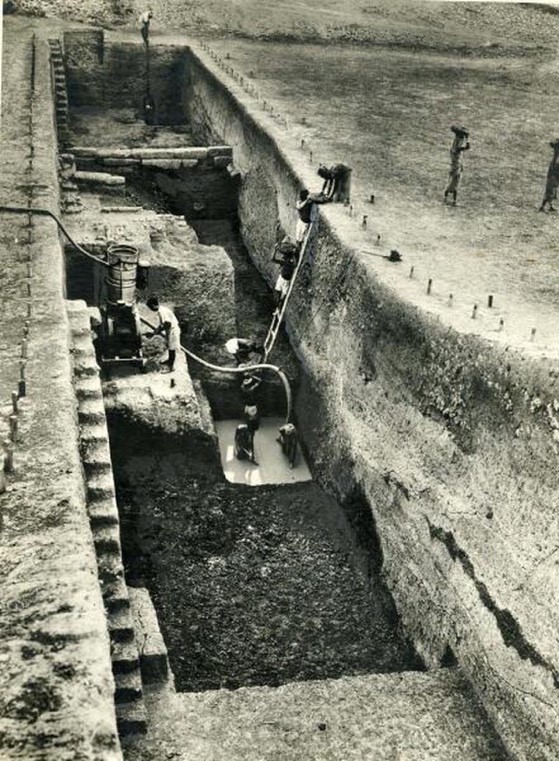Free Courses Sale ends Soon, Get It Now


Free Courses Sale ends Soon, Get It Now



Disclaimer: Copyright infringement not intended.
Context: The Archaeological Department of Government of India have recently excavated a site called “Sisupalgarh‘ near Bhubaneswar in Orissa, and unearthed the remains of a township which flourished between 300 B.C. and the 4th century A.D.
Details:
About Sisupalgarh:
About Kalinga:
|
PRACTICE QUESTION Q) Which of the following statements is/are incorrect with reference to Sisupalgarh? a. Sisupalgarh is believed to have been built around the 7th to 6th century AD b. It served as the capital of the Kalinga kingdom
Answer: Option 1 |
© 2024 iasgyan. All right reserved